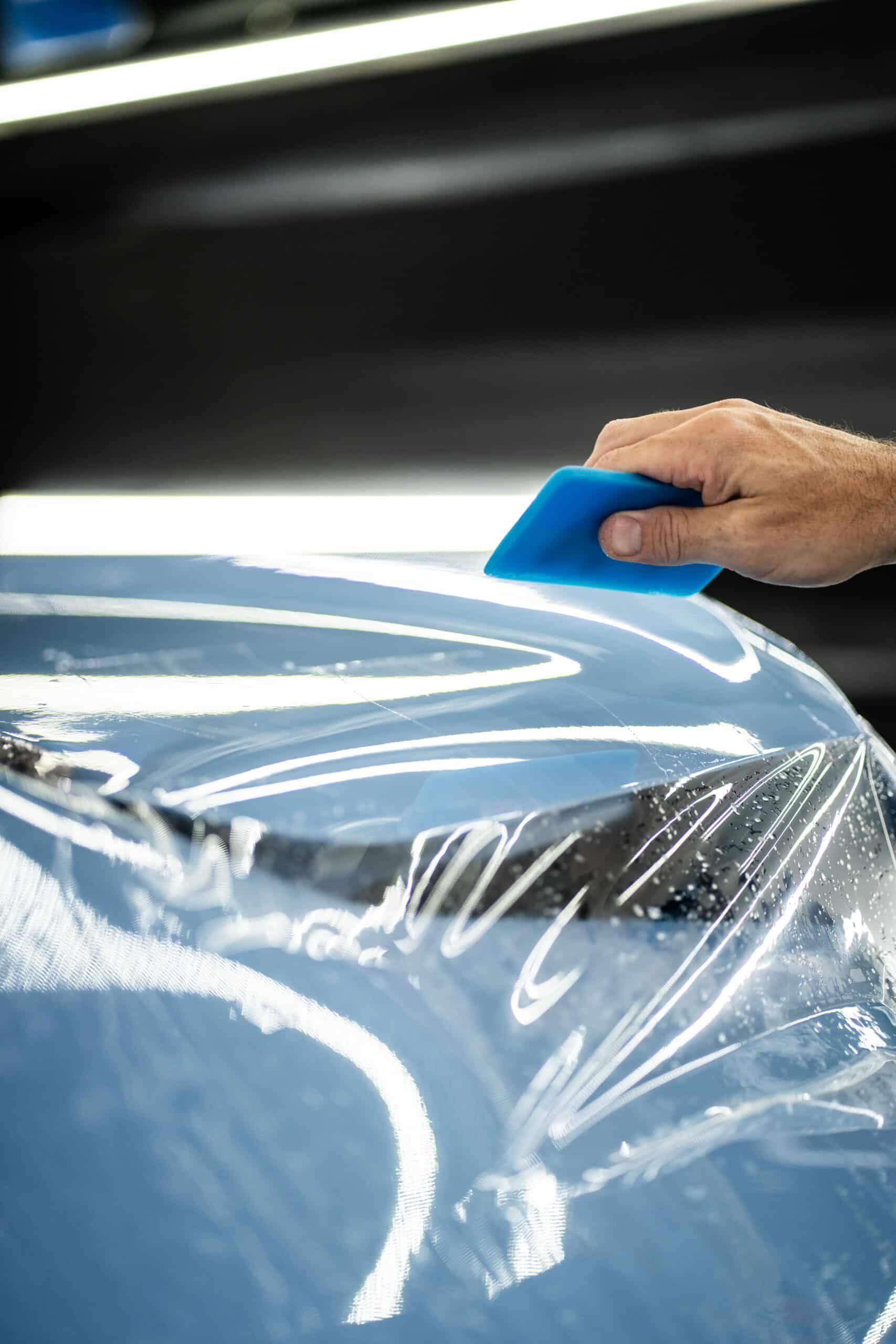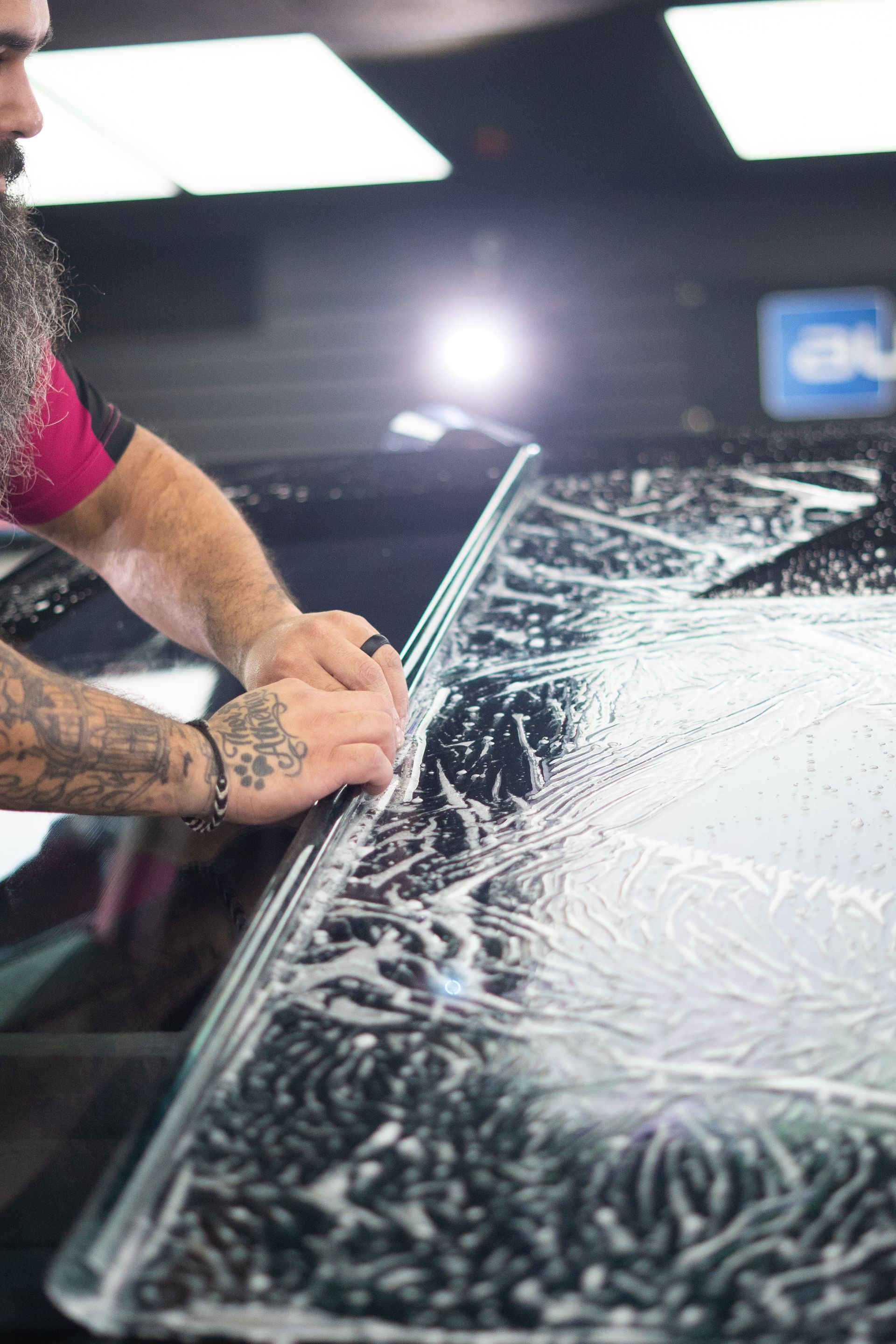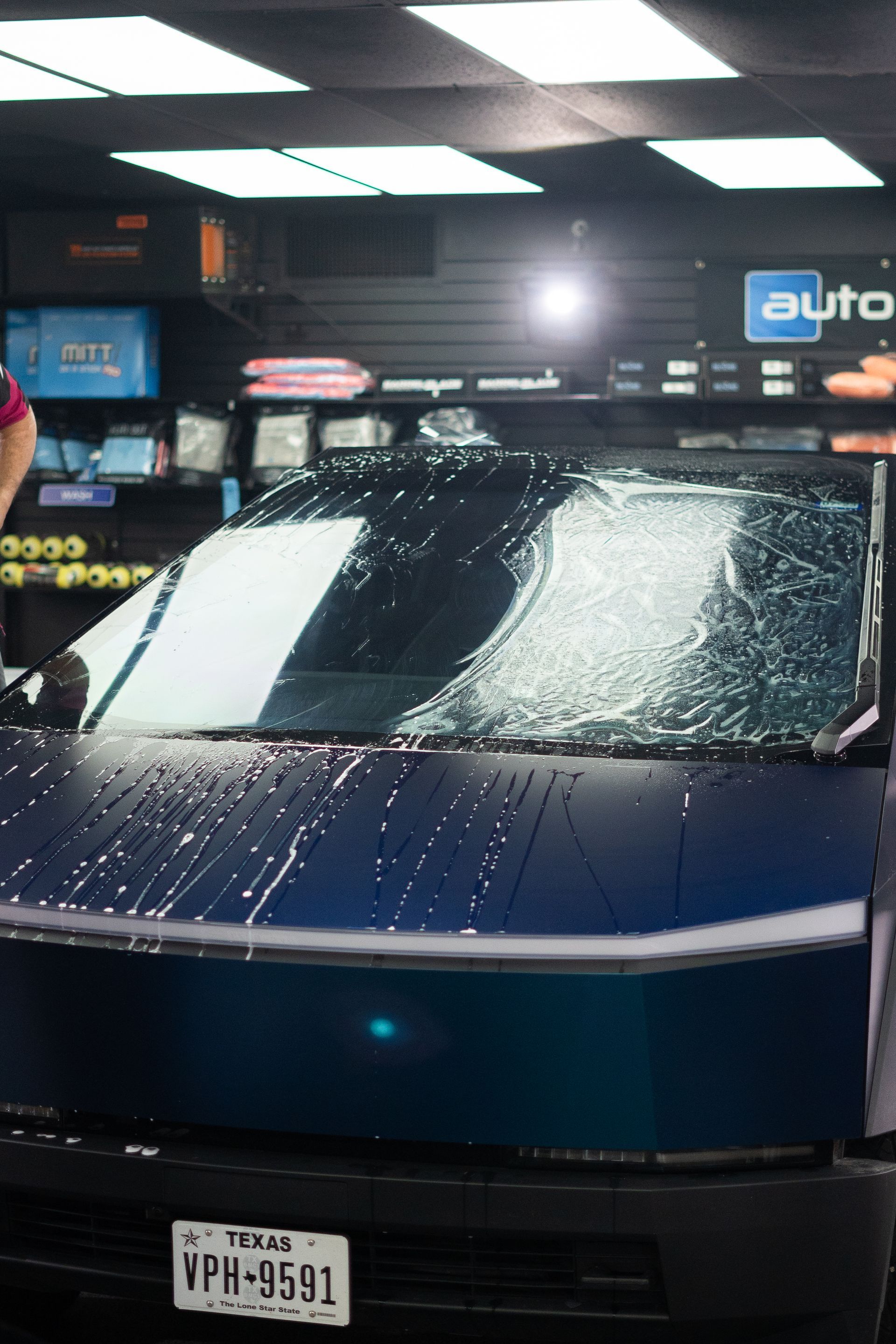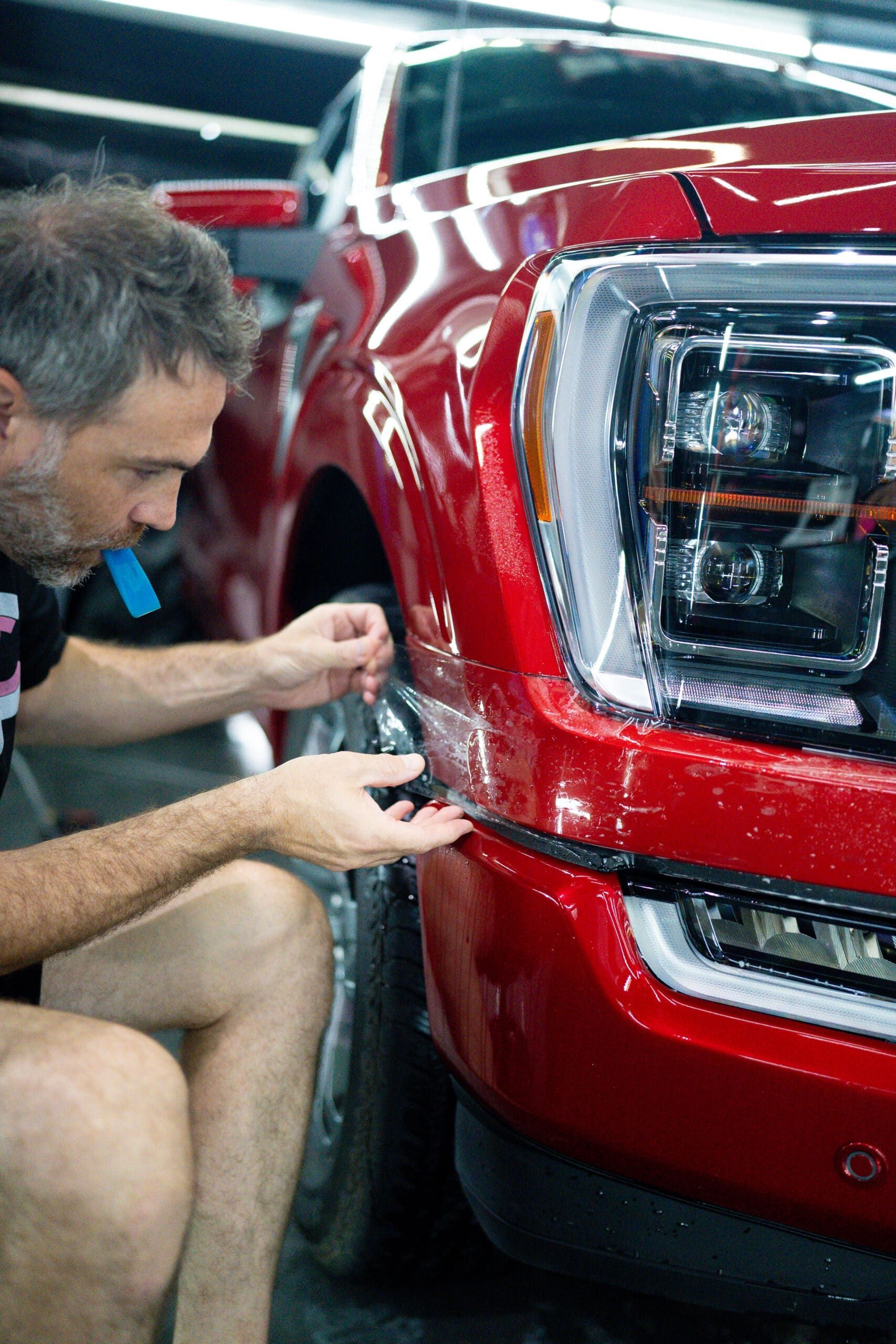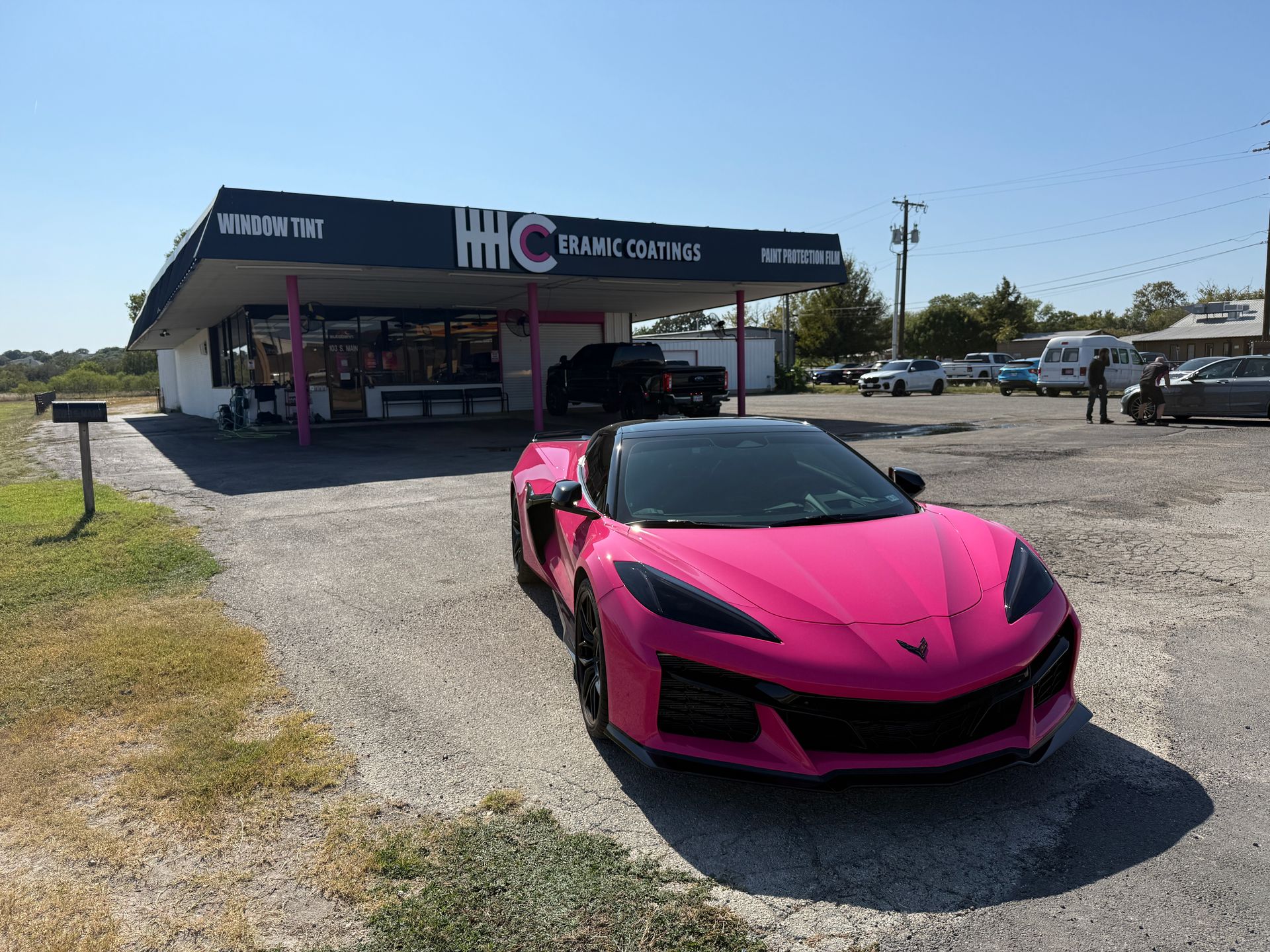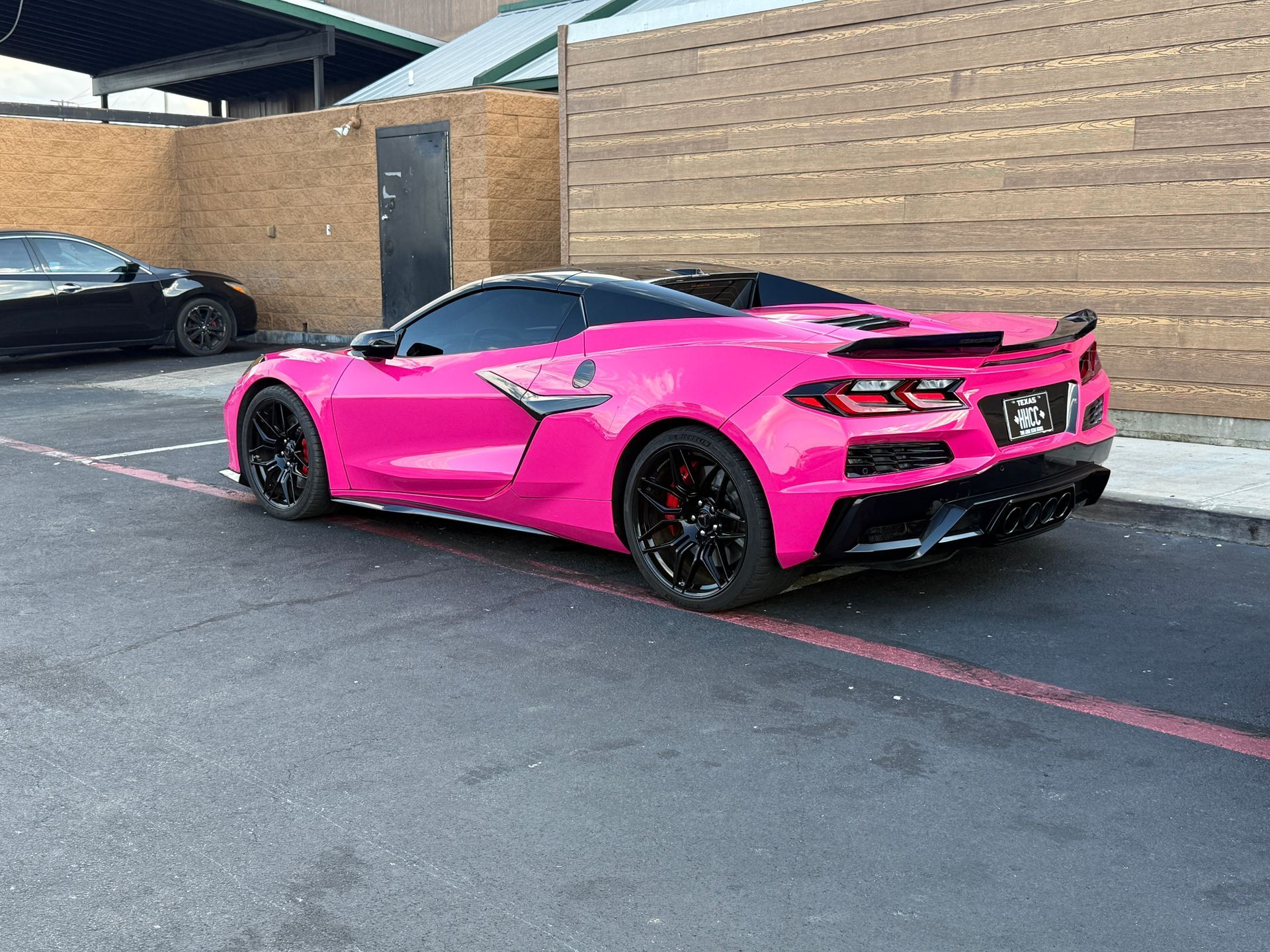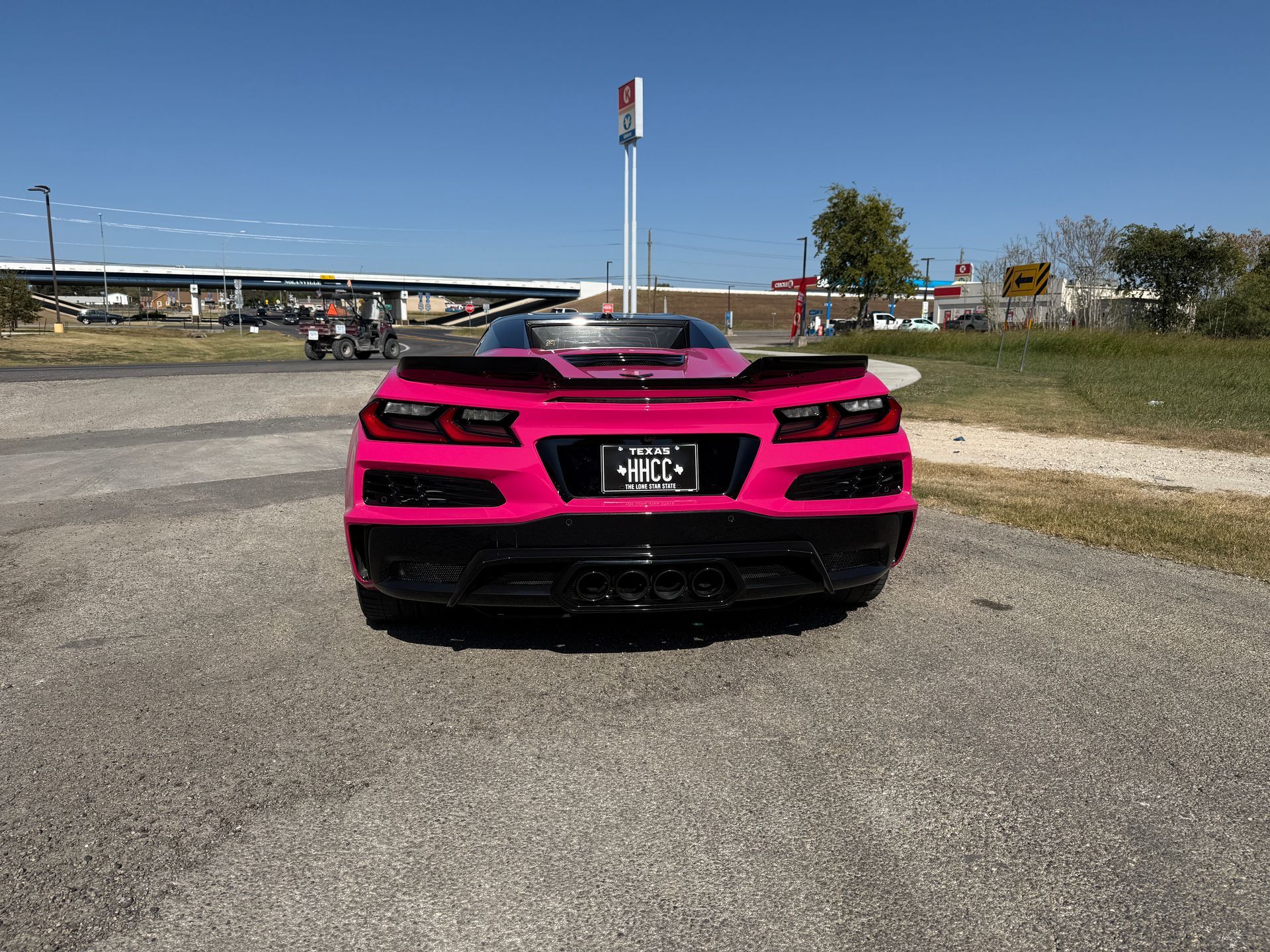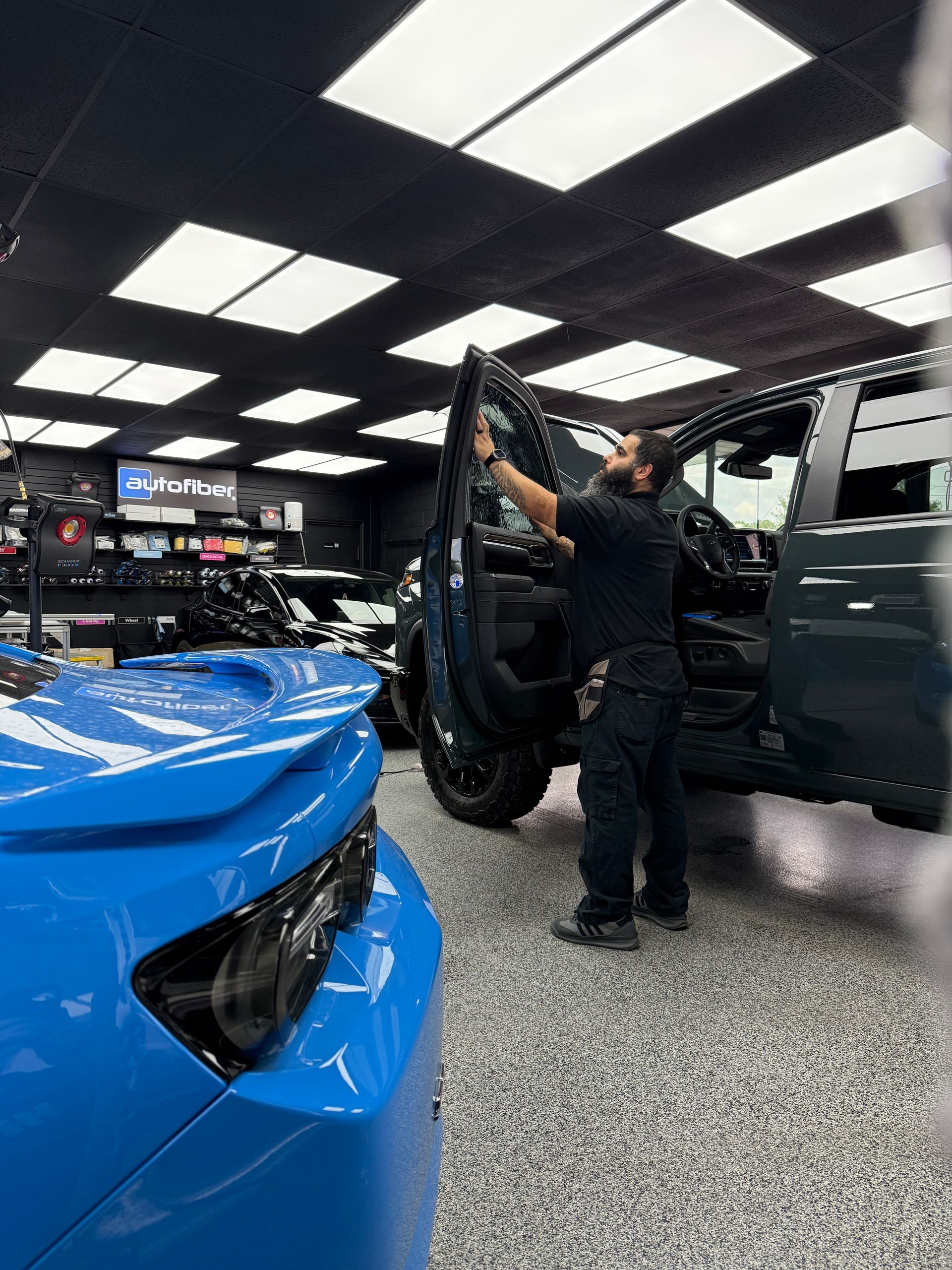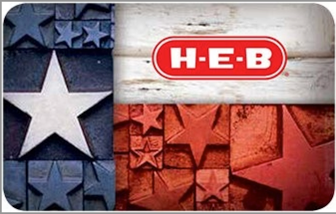
Harker Heights Ceramic Coatings Thanksgiving / Shutdown Fundraiser Harker Heights Ceramic Coatings, a small business that is focused on helping the community, located in Nolanville, TX, is looking to raise funds (we will match every dollar up to $2000) to feed those in need this holiday season. We donate to the Nolanville food pantry (this will not affect our donations), cancer charities, and much more. We also pick one person per month to give a $250 HEB gift card to, to buy groceries. Initially, we were going to buy turkeys and Thanksgiving meals for people, but being in a military town during the shutdown with people unsure of future paychecks, we thought this might be a better option to allow people to buy what they want. Right now, we have over 100 nominations for the $250 gift card and can’t possibly fulfill every person as they come pouring in each day. We will use this money to buy $100 gift cards for more people. Any money above and beyond the goal of $2000 will go towards more gift cards. Please join us in helping those in need! Matthew Jones Owner, Harker Heights Ceramic Coatings

